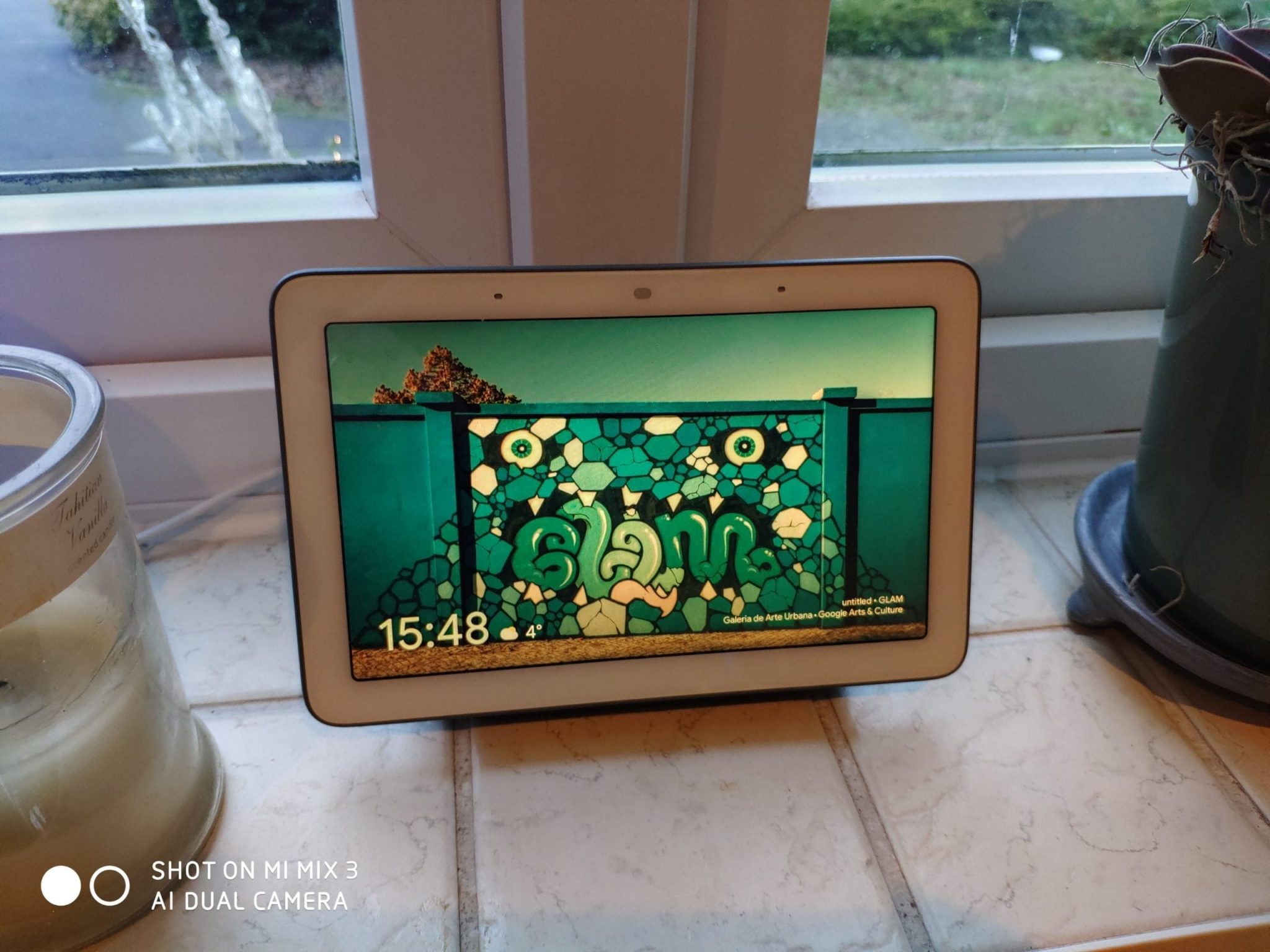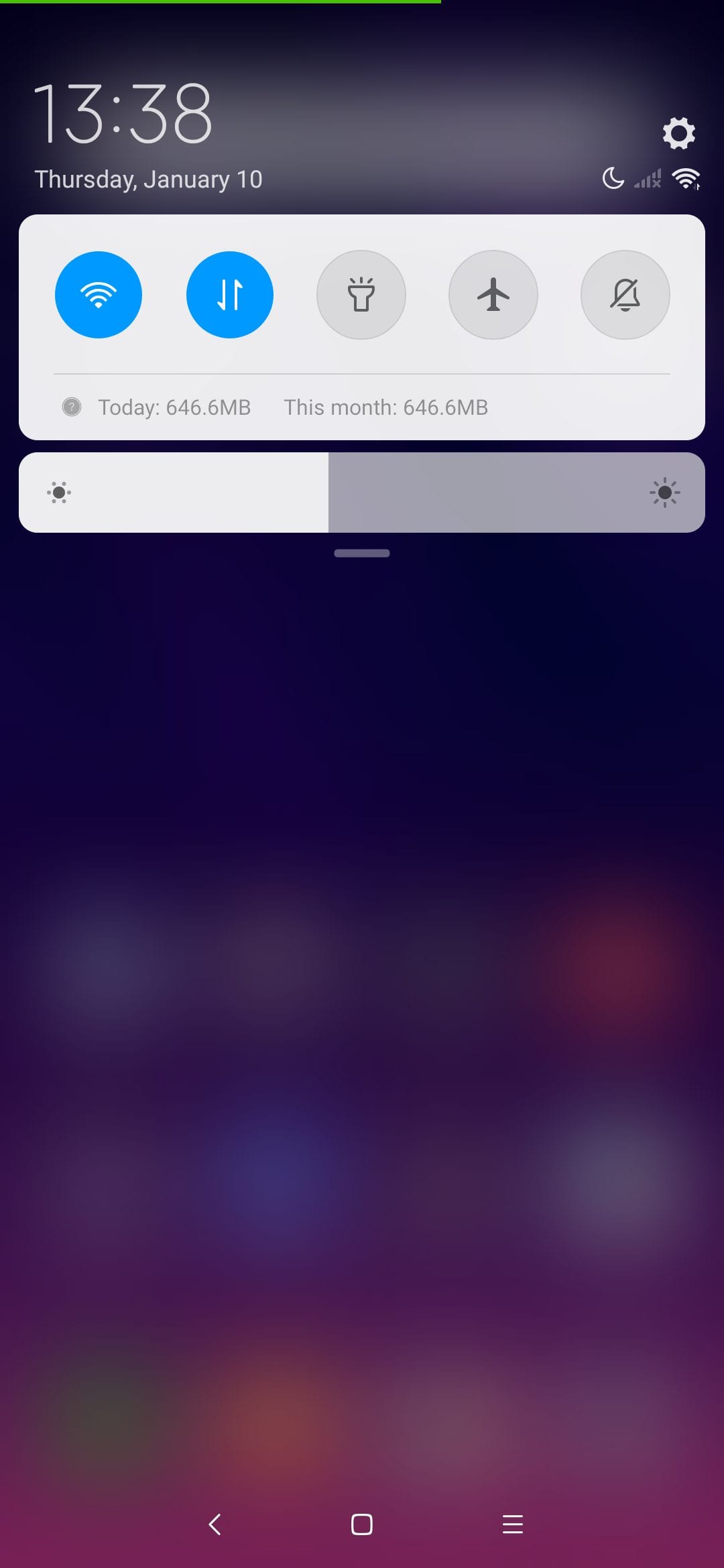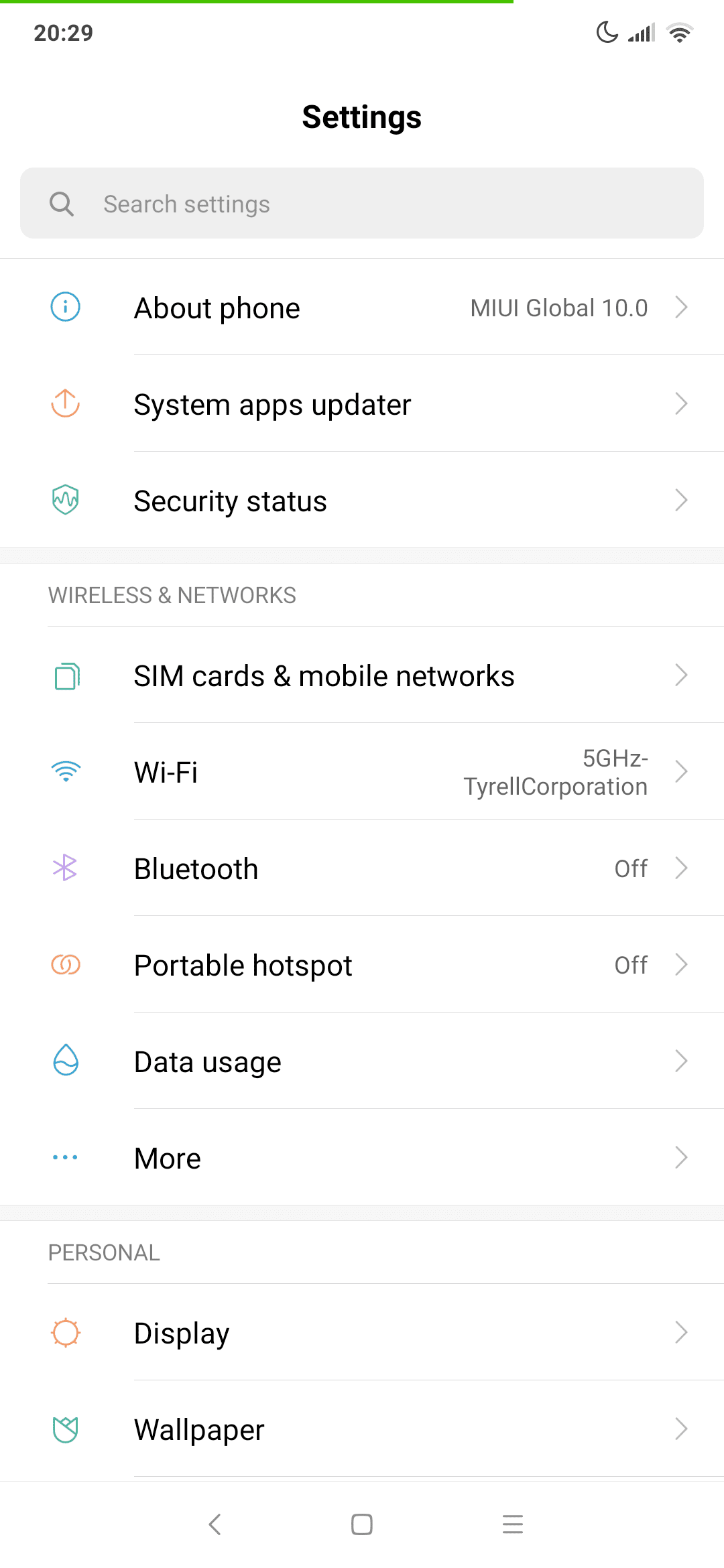
Xiaomi Mi MIX 3 review: All screen phone slides into the UK with a bang
If you look at the flagship Mi MIX 3 alongside the forthcoming Honor View 20 and a bunch of other phones on the horizon, it would appear the short lived love affair for screen notches has come to an end.
At £499, the Mi MIX 3 is a flagship handset in every way, but is likely to be considered a mid-ranger by many given its price. This, by the way, is not a bad thing – unless you like shelling out hundreds of pounds for no appreciable benefit.
Update 1: Xiaomi has announced that the first 100 orders placed on January 16th will get a further £50 discount.
Update 2: Gareth Morris has Tweeted that there is a way to enable VoLTE (4G calling) on the phone. This is done by entering *#*#86583#*#* in the dialler to turn off the carrier/network checking.

Having been released in overseas markets before the end of 2018, the Mi MIX 3 doesn’t come with Qualcomm’s latest chipset, but considering (at the time of publishing this review) no Snapdragon 855 powered phone has gone on sale, Xiaomi can still claim to be using the current flagship chipset.
Along with the Snapdragon 845 chipset comes 6GB of RAM and 128GB of (non-expandable) storage. A more premium model with extra RAM and storage is available in some markets, but for now this is the model you’ll be able to buy here in the UK.
In my opinion 6GB of RAM is ample for Android OS, and 128GB is going to be sufficient for the majority of people that don’t store all their multimedia content on a device at once.
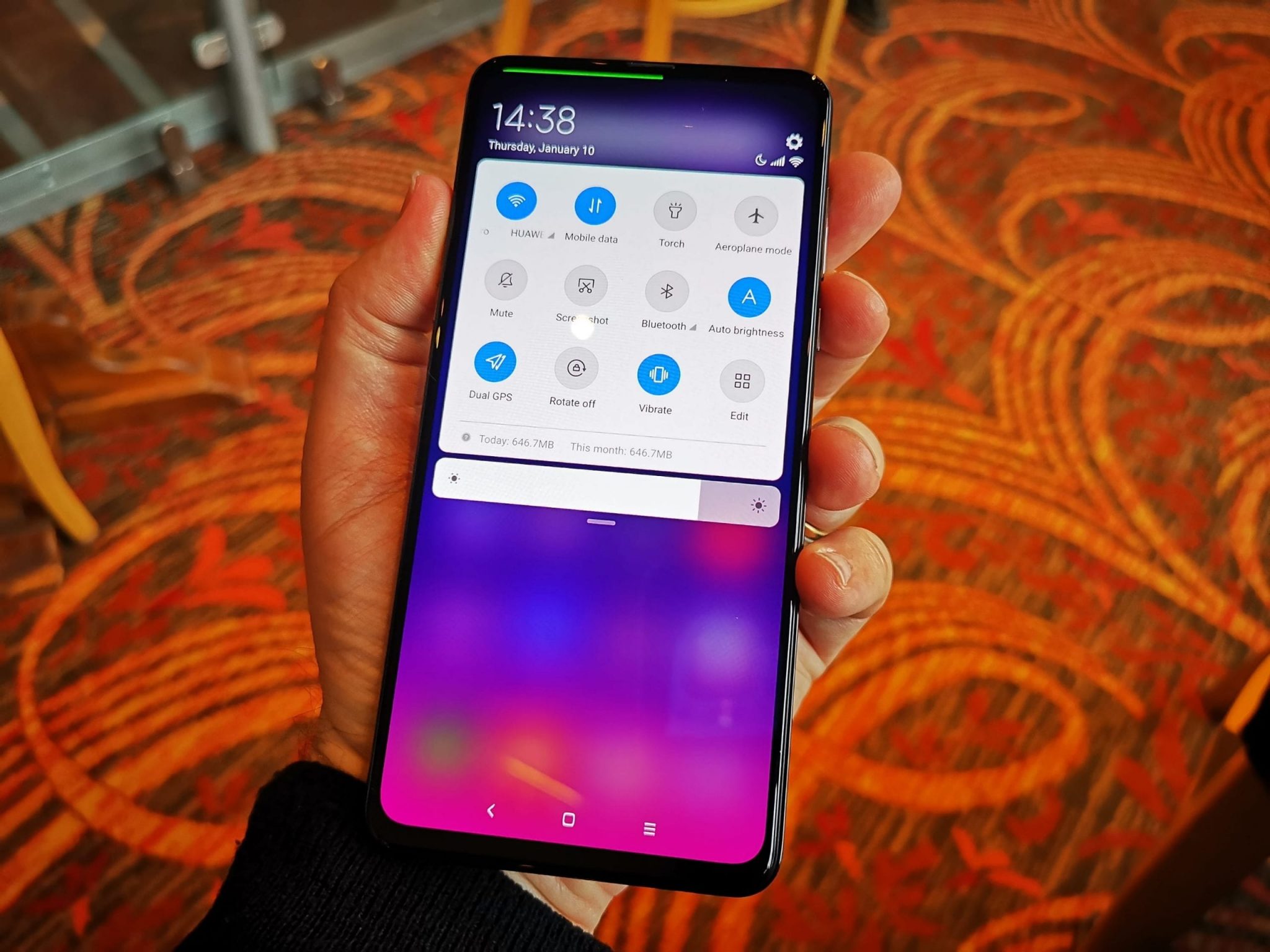
Design & Build
The main selling point of the Mi MIX 3 is of course the display. At 6.39-inches, the AMOLED display has a tiny bezel around each edge, which is slightly taller at the bottom but not significantly so.
Without any notch or cut-out, selfie-fans would find themselves in a bit of a bind if there was no front-facing camera. And that’s where a clever bit of design comes into play. With a soft, but firm, slide of the display you can reveal a 24+2-megapixel dual front-facing camera setup, alongside a LED flash.

If you’re someone who rarely wishes to take a selfie, this is pretty much the perfect handset design as you won’t be bothered by the camera(s) unless you want to be.
Plus, when you do slide the camera into view, you can set the phone to open the camera automatically, and even take a photo.
Other manufacturers have done similar (Oppo and Honor to name but two), but this is the first phone to actually be on sale in the UK without having to import manually from China, with all the warranty and 4G compatibility issues to take into account.

With the front pretty much devoid of any other features worthy of note, given it’s all screen, that leaves the edges – featuring volume controls and power button on the right, a Google Assistant button on the left, and a single speaker on the base.
There’s no stereo audio to be found here, nor a headphone jack.
There’s also a dual SIM tray (but no memory card) and the phone supports dual 4G operation. Unfortunately my review unit did not appear to support VoLTE (4G Calling) but hopefully this will be addressed on the retail models (I will seek to confirm this and update as necessary).
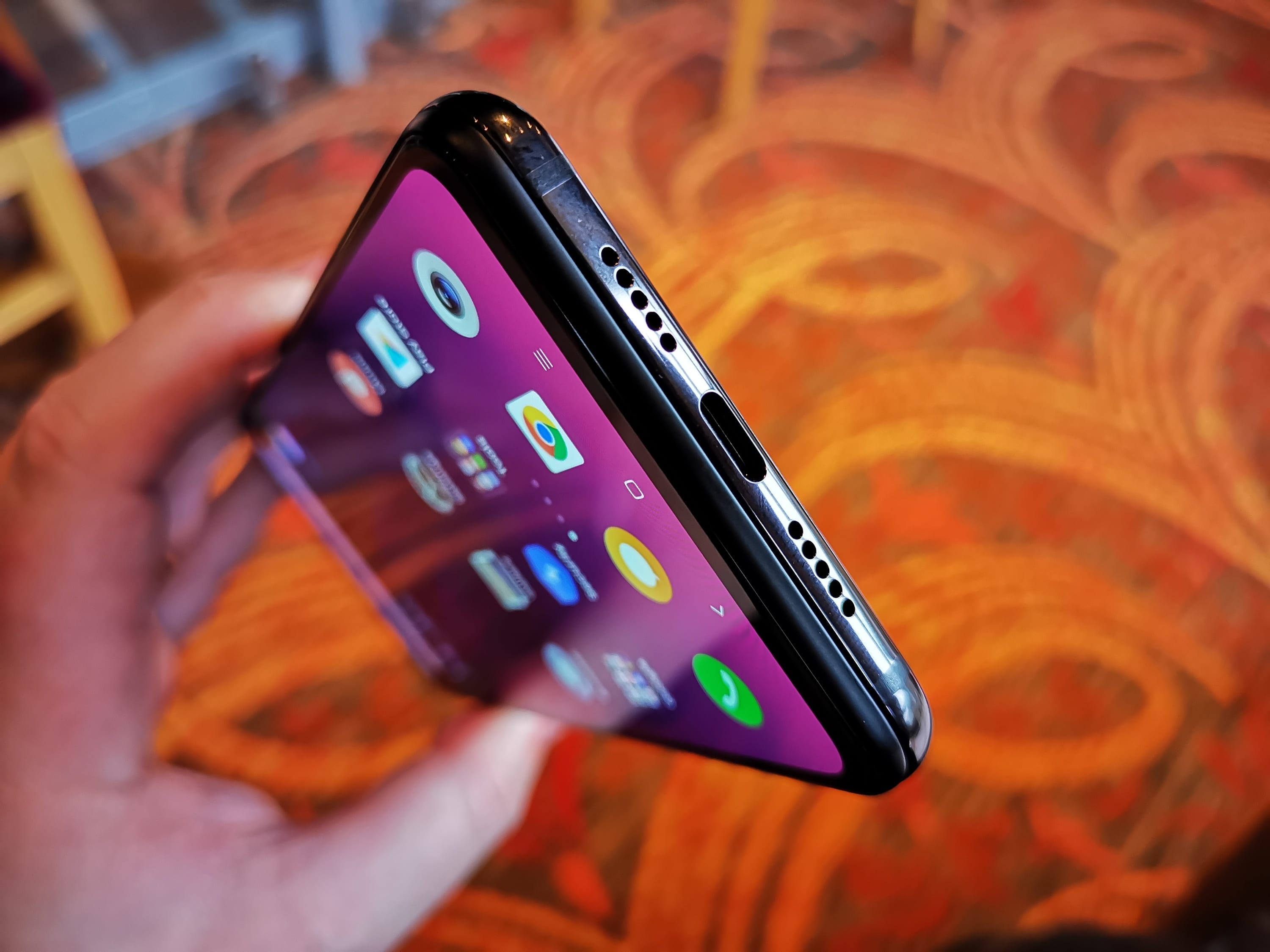
The phone has a USB-C charging port and hidden behind the ceramic rear casing is Qi wireless charging support.
A rear-mounted fingerprint sensor and dual 12-megapixel camera finishes off the package; one sensor for wide-angle photos, and the second with a telephoto lens for 2x lossless zooming.

Camera
For quite a while now, when it has come to features like AI scene recognition and super-stable night shots, it has been Huawei ruling the roost, alongside Google when it comes to exceptional low-light image quality.
Now Xiaomi is going all in to show its own photography prowess, with a camera that has a top-notch (the only time you’ll see notches mentioned here) performance for both stills and video. So good that it has been awarded a DxOMark score of 103, made up of a 108 score for photos and 93 for video.
With a camera interface that’s now becoming increasingly standardised from one manufacturer to another, thanks in part to Apple’s own implementation that has been unashamedly copied and tweaked, it’s quick and easy to get going.
There are a bunch of camera settings to play around with, but the main thing to do to get going is to activate the AI icon, which will detect scenes and adjust camera parameters for you.
You can also toggle the HDR mode, or set it to automatic.

You have the other usual features like slow-motion, time-lapse, beauty effects, panorama shots, plus a manual ‘pro’ mode to give you full control.
Like Huawei handsets, you can also opt to use the widely compatible H.264 video encoding codec, or switch to the more efficient (but possibly incompatible with some apps) H.265 encoding. The Mi MIX 3 supports 4K video at up to 60 frames per second.
To quickly fire up the camera, you can elect to double tap the down volume key and launch. Alternatively, when you are using the phone and want to take a selfie, a quick slide is all that’s needed (accompanied by a snazzy graphical transition and audio clip).
With the beauty mode, you can enhance your features, from adjusting your eyes and nose, to enhancing your lips and tidying up your chin. Or you can keep the feature off and stay natural, which is probably a better option unless you’re heavily into filters and spend your life on SnapChat.
With regards to the night mode, the exposure time may be similar to handsets like the Huawei Mate 20 Pro, but the level of brightness is quite different. However, it’s quite subjective when it comes to deciding the best result, so below you can see a comparison to make up your own mind.
Camera Samples
Slow motion

Battery & Performance
With only a 3,200mAh battery, using the phone heavily did have a marked effect on the standby time, but this was with a lot of use of the camera and the screen – often on almost maximum brightness when using it outdoors.
I managed to get around 4.5 hours screen on time, which is pretty decent but I didn’t have the same level of confidence that I do with phones packing in more cells. The Mi MIX 3 is 1,000mAh down on the Mate 20 Pro, but that’s the exception to the rule and many phones are closer to 4,000mAh – leaving the Mi MIX 3 with a deficit of 800mAh.
When it comes to keeping battery anxiety at bay, bigger is better.
On the plus side, the phone supports Quick Charging and also wireless (Qi) charging. Better yet, Xiaomi has included a wireless charging base in the box.
Considering the phone is already under £500 when others are nudging towards a grand, that’s a pretty big bonus.

The performance of the phone as a whole is excellent, with Snapdragon 845 making everything fly along. You’ll never experience any lagging issues and I couldn’t really get the phone to run hot even under load. That means a reduced likelihood of thermal throttling, thus boosting performance further.
The only consideration is the MIUI (Mi User Interface) that does take Android Pie and mix things up a little; some good, some not so good.
Like the early iterations of EMUI (Emotion UI) with Huawei and Honor phones, there’s going to be a learning curve to get fully used to the (Xiao)Mi way of doing things.
As time has gone on, Huawei has made EMUI a lot closer to stock Android, and I’d hope that as time goes on the same will happen here.
I say this because now that Xiaomi is going global in a big way, it may have no choice but to adapt the user interface to suit a wider audience.
Things to note are changes to the shortcuts and brightness control, different locations for the Android settings menus and options, and a launcher that has no app drawer.
The latter is easily fixed with something like Nova Launcher so it’s not a dealbreaker.
One cool feature is the ability to replace the battery meter with a green bar that runs along the top of the screen. A barrage of similar third-party apps can be found on the Play Store, but it’s always nicer to have something running natively.
There are also a number of power saving options, and tools to optimise the device. You can also secure apps to require unlocking before use, including system apps like the dialler and messaging app.

Conclusion
It’s only two weeks into the new year and I’m already extremely excited about what’s going to come in the year ahead (and that’s even before we mention 5G).
While I am sure the notch isn’t totally dead and will still appear on new handsets to come, the industry is clearly looking at innovative ways to increase that all-important screen-to-body ratio number.
Removing the camera from the front entirely is a logical way to achieve this and Xiaomi has come up with a great slider solution – which if you’re concerned about failing, worry not as it’s rated to last at least 200,000 slides. Somewhat more than you’ll ever be able to achieve even if you find yourself sliding it open and shut for fun.
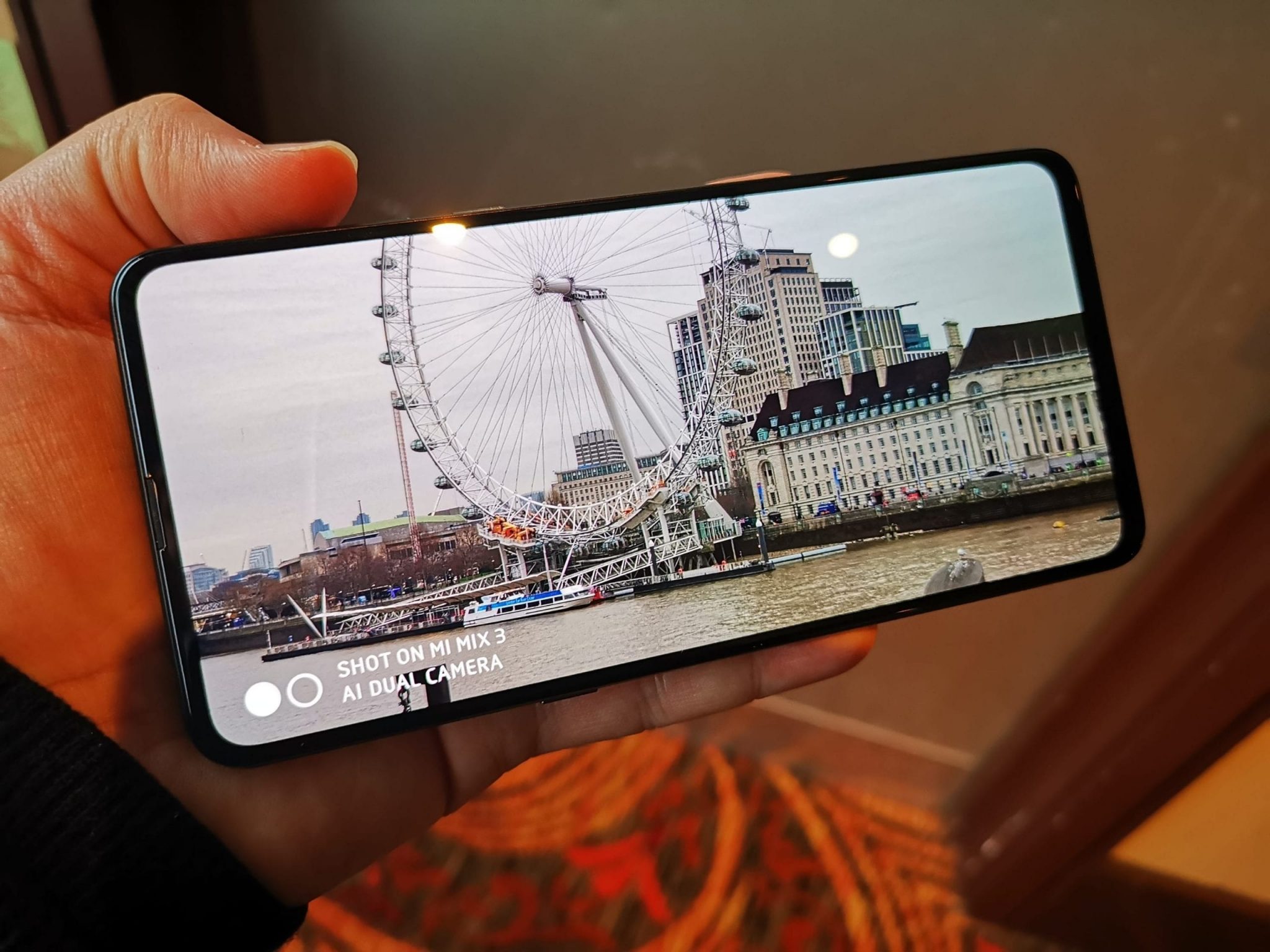
The compromise is a phone that’s a bit thicker than it otherwise might have been, and the battery capacity taking a hit.
For a phone that just cries out for you to watch films on it instead of using your TV, you may have to charge the phone a bit more often, but it never proved to be a big issue.
As the only real issue, overall the Mi MIX 3 offers up one of the best packages on sale for those who want a true full-screen experience, as well as a great camera that I plan to continue testing in the coming days (and add the results to a shared photo gallery).
At under £500 the phone is a steal and just adds to the excitement of what else is to come from this manufacturer later this year.

Good Points
Amazing all-screen display
Excellent camera performance
Exceptional value-for-money
Bad Points
Small battery for a flagship
MIUI takes getting used to
“The Mi MIX 3 is a phone that just cries out for you to watch films on it instead of using your TV”
Slide-up camera or in-glass camera?
Having also got Honor’s new View 20 (for now I am unable to publish any judgement on the phone, so can only feature photos for comparison purposes) it is interesting to see two different ways of increasing screen real estate.
The camera cut-out idea is set to appear on other phones, including from Samsung, later this year and with that design there’s no need for a sliding mechanism. But, at the same time, there’s only a single camera and no flash.
The View 20 as a result packs in a larger 4,000mAh battery, but no wireless charging.
The rear camera arrangement is different too, with a 48-megapixel camera that manages wide-angle and telephoto from a single lens (supplemented by a ‘Time of Flight’ sensor for enhanced depth sensing).
Honor has, like Xiaomi, used a flagship chipset. In this case, Huawei’s Kirin 980 processor with dual NPU (Neural Processing Unit) for advanced AI. On paper, it slightly nudges it over Snapdragon 845 but in the real world there may not be much to tell one apart from the other.
You’ll have to wait a couple of weeks for a review of the View 20, but below you can see some photos of the two models that will battling for your attention and money.



































